5. The Wrestler (Darren Aronofsky, 2008)
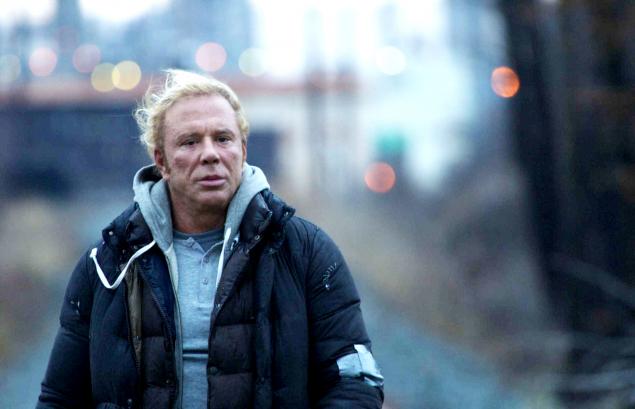
Arguably the very best casting decision in recent cinema, Mickey Rourke’s personal and monumental performance in Darren Aronofsky’s The Wrestler is one to cherish for eternity. Randy ‘The Ram’ Robinson is a flooring character study through which Aronofsky and Rourke explore the overarching theme of reflection. The filmmaker’s career has been impressive and elaborate, yet surprisingly, his least stylised effort remains his most honourable.
Rourke plays a worn and ragged pro-wrestler whose lifetime dedication to the sport has taken its toll on his relationships, health and happiness. Faced with retirement, he attempts to pursue a normal life which confuses and humiliates him; it is a world he barely recognises, and after much time, his anger-stricken daughter no longer remembers him – only his selfish sacrifices. It is a tale of tragedy and pain, helmed by a central performance for the ages. The film concerns itself with change, whether it be that of the sport it depicts, of people, society, music, and of course Mickey Rourke’s own career and celebrity.
In the 1980s, Rourke was amongst the most handsome men in Hollywood – a talented star with the industry in firm grasp, turning in charismatic performances in films like Alan Parker’s Angel Heart, just one of numerous.
However, he entered the world of professional boxing in 1991, being a former amateur. Although boasting an impressive career as a fighter, he retired in 1994, and having had many reconstructive facial surgeries due to the severe injuries he suffered, his former looks were forever changed, and his suitability for the roles he used to embark on thrown into question.
There really was no better actor to play Randy Robinson, and Rourke’s performance is all the proof anyone could need to declare this. It is a very well-made film, however, it will always be remembered for the central performance at its heart – one able to take us on a tour of such emotion. According to sources, wrestler Roddy Piper was so affected by the film that it caused him to break down in tears after a screening, and surely, many others did too.
4. Pan’s Labyrinth (Guillermo del Toro, 2006)
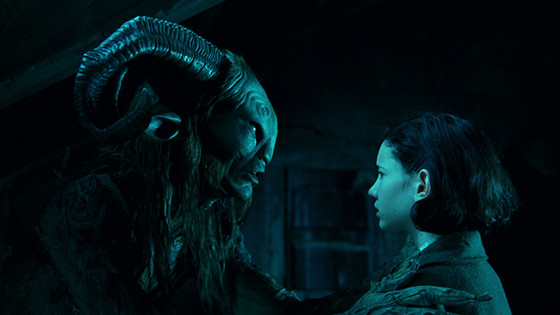
Reportedly, the iconic faun character was actually inspired by a recurring lucid dream from Guillermo del Toro’s childhood; at midnight, a faun would appear from behind a grandfather clock. As many of his admirers already know, the Mexican filmmaker’s lifetime fascination with finding beauty in the monstrous has long stimulated his wild and soaring imagination.
Arguably, no other film has encouraged us to bask in this creativity more than 2006’s Pan’s Labyrinth. His fantasy masterpiece was an open invitation to witness the collision of two realities – that of the innocent and fantastical, but also of the bleak and masculine, urging us to treat both of them with the same plausibility.
In 1944 – Francoist Spain – the young and innocent Ofelia is accompanying her pregnant mother as she travels to meet Captain Vidal, her new stepfather. Set against the backdrop of Republican rebel groups and a Falangist authority intent on hunting them, Ofelia discovers a world of magic, excitement and danger. The film is a fairy-tale quite unlike any other in cinema, and although this may sound trite, it is most certainly the film that del Toro was born to make.
Its protagonist is on the cusp of change – at the time in her life when she is biologically preparing to say goodbye to childhood and begin puberty. Her adventures are very much aligned with the groups hiding in the woods, they are born of resistance to conform. To stay young isn’t necessarily to restrict aging, but to maintain a degree of childlike innocence, here portrayed by Ofelia’s fascination and openness to the secrets and mystery of her environment.
Above all, it is a wondrously inventive film about childhood, and the many ways the world can be perceived when approached with creativity, contrasting this worldview with a fascist leader obsessed not with the world, merely with the time he is running out of to make his hideous mark on it.
It is a mature work of fantasy filmmaking which is able to capture the innocence and beauty that del Toro no doubt possessed in his early years. Pan’s Labyrinth is simply unforgettable.
3. Brokeback Mountain (Ang Lee, 2005)
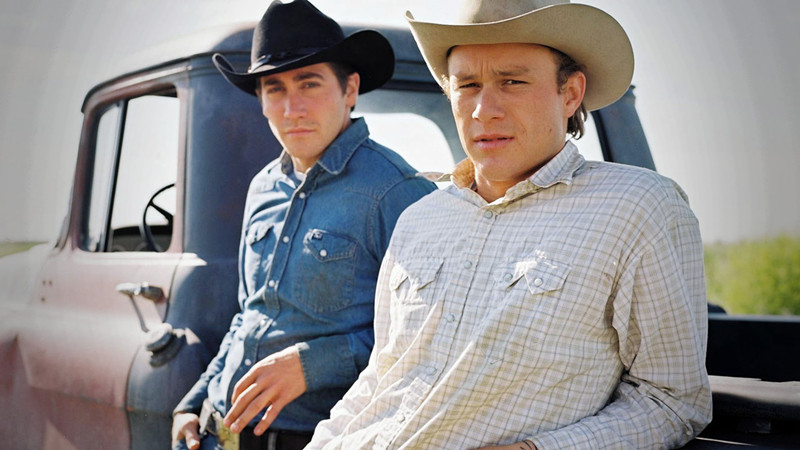
The biggest Academy Awards travesty of the twenty-first century? Of course, it can only be Ang Lee’s masterpiece – the stunning Brokeback Mountain – losing out on Best Picture to Paul Haggis’ Crash in 2004. Reportedly, many years later the Academy said that a whopping majority would have in fact voted for the film if asked to reassess the decision. It’s a beautiful and bittersweet film, just as important and culturally relevant today as it was over a decade ago, and has undoubtedly drawn its own distinct legacy in the realm of modern American cinema.
The sorely missed Heath Ledger and the ever-brilliant Jake Gyllenhaal star as Ennis Del Mar and Jack Twist, two cowboys tasked with herding sheep over the summer in the mountains of Wyoming. During this solitary time together they acquaint themselves, and after a night of heavy drinking, begin a passionate, sexual affair. The pair turn in majestic and powerful performances, utterly drawing us into their attraction and connection.
Sadly, some damagingly described the film as “the gay cowboy movie”, which caused many casual and heterosexual audiences to shrug the film off in the naive assumption that it just wasn’t for them. If you’re reading this, you’ll know that this wasn’t at all the case; Lee’s film examined sexuality with such deep understanding and complexity, dissecting ideas of American masculinity, sexual desire, ingrained beliefs, and loss.
The relationship between Ennis and Jack spans decades, and covers the complications of infidelity, repression, children, marriage, and importantly secrecy. Although indebted to the New Queer Cinema movement prevalent in the nineties, Ang Lee – himself a heterosexual, married man with two kids – clearly wished to make something more accessible, intent on narrative over style, wishing to draw mass audiences towards a story he felt had to be seen and felt.
The controversy that surrounded its release was further testament to Lee’s message, choosing to chronicle the general US attitude towards homsexuality from the early 1960s with a crushing statement that nothing much has really changed – and this film made a difference. It was not only a remarkable achievement in filmmaking, but it was a force for desperately needed change, and sculpted a cinematic landscape for the better.
Brokeback Mountain is a timeless, heartbreaking love story, and remains perhaps the most socially significant and stirring American film of the century so far.
2. Werckmeister Harmonies (Bela Tarr, 2000)
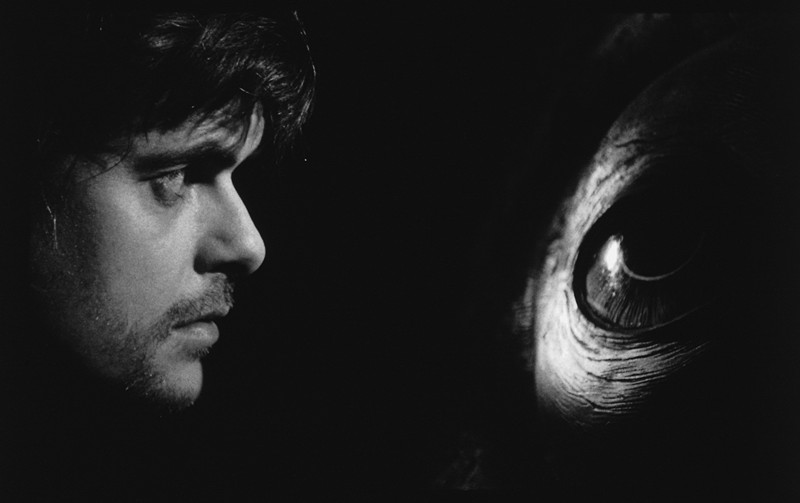
We should not despair that Bela Tarr departed from cinema with his final haunting film in 2011, The Turin Horse. Rather, appreciate the irremovable mark he left on cinema with such groundbreaking works as Satantango, and perhaps his most stunning piece, Werckmeister Harmonies.
Set during the communist regime, the Hungarian auteur’s 2000 film follows Janos (Lars Rudolph) as the isolated village he inhabits is gripped by uncertainty following the arrival of a mysterious circus who have brought with them a colossal whale carcass, distracting residents and minimising the potential for plans to improve the town. The story is an adaptation of the 1989 novel The Melancholy of Resistance, written by Laszlo Krasznahorkai, which examines – among others – the theme of an absent God.
Tarr finally received international attention and acclaim with the film, and he is now justifiably recognised as one of the greatest artists in all of world cinema. Although many would argue that the lengthy Satantango is the director’s very best work, Werckmeister Harmonies stands as his most memorable and accessible.
Known for his long takes and contemplative approach to storytelling, the film brings to the screen a series of significant moments, told through thirty-nine individual tracking shots, allowing the audience to completely immerse themselves within the films images. The black and white photography leaves the audience feeling as cold as the characters who congregate in the square, who after their escalating actions are shot to appear ghostly; reduced to a haunting memory of their former home.
There are numerous moral and allegorical interpretations of the film, and there is no doubt that each individual reading of the film will leave the viewer with a profound impression, left unable to shake some of its astounding imagery. It is definitely one of the highlights of twenty-first century cinema, and likely boasts the greatest opening shot of any film in decades – and lets not forget the enduring compositions of Mihaly Vig.
1. Mulholland Drive (David Lynch, 2001)
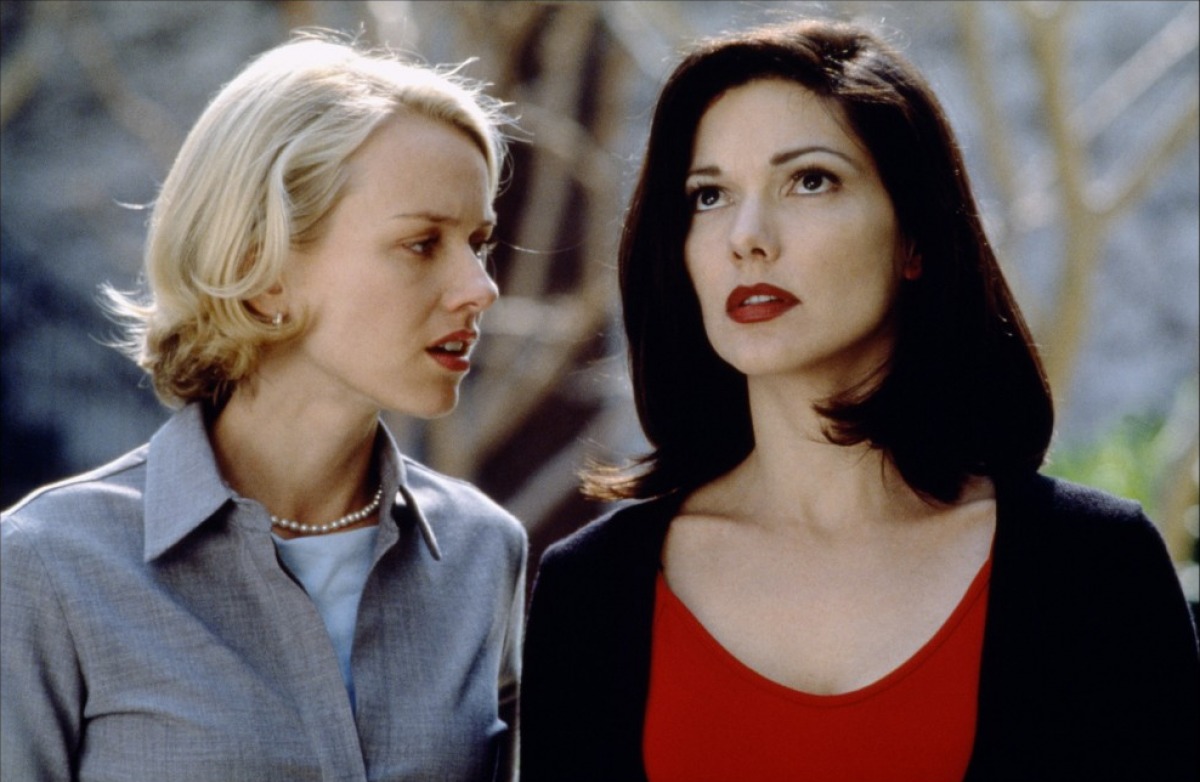
David Lynch’s 2001 masterpiece was voted the greatest film of the twenty-first century according to a BBC Culture poll conducted in 2016. Additionally, it was placed at number twenty-eight on beloved British magazine Sight and Sound’s list of the greatest films ever made in 2012. It is hard to think of any other film released in the last eighteen years which has garnered the respect and admiration of Mulholland Drive.
The films tells the story of a downward spiral drowned out by the coexistence of success and seediness in preoccupied and predatorial Los Angeles. Lynch suitably opens the film by layering images of dancing couples to make one reminiscent and nostalgic of 1950s Hollywood, before critiquing it in the tradition of such films as Billy Wilder’s Sunset Boulevard, of which the film is heavily influenced. The swinging accompaniment immediately awakens the audience to the rhythm of the narrative – this is going to be exciting and compulsive, changing direction and focus like that of a live jazz band.
Then we have Naomi Watts’ character, gazing in amazement aside bug-eyed tourists at the L.A dreamscape that has been reinforced and sold to them their whole lives. However, in this opening sequence we are given not one of her character, but two separate incarnations. In such a brief and introductory moment, Lynch tells us so much.
Not only is the film so much fun to interpret and analyse, but like so much of the American filmmaker’s previous work, it is relentlessly entertaining to simply sit back and breathe in. It is obvious to see that it was initially intended as a television series, and that’s because the range of characters explored here are so interesting and well-developed; the fact we only spend brief time with them just makes them more special and mysterious.
That’s exactly what this is: a hypnotic mystery. Lynch shows us a controlled universe, brought to us by a nightmarish dumpster-dweller in the fashion of Eraserhead’s lever-man, once again telling a story of pawns under the illusion of command.
Expectations and reality are played with so creatively in a way that no other personality in cinema could manage, full of reveals and exposé but always entertaining. The truths that Lynch offers are hard to swallow and tell us so much about desire and greed, offering us two entirely different scenarios.
There are numerous readings of Mulholland Drive, all of them fascinating in their own right and all justified, raising questions of separate realities, or even, one out of calibration. The film has lost none of its power, and its status as a masterpiece will only continue to be built upon, until eventually, it is considered one of cinema’s all-time greatest accomplishments.